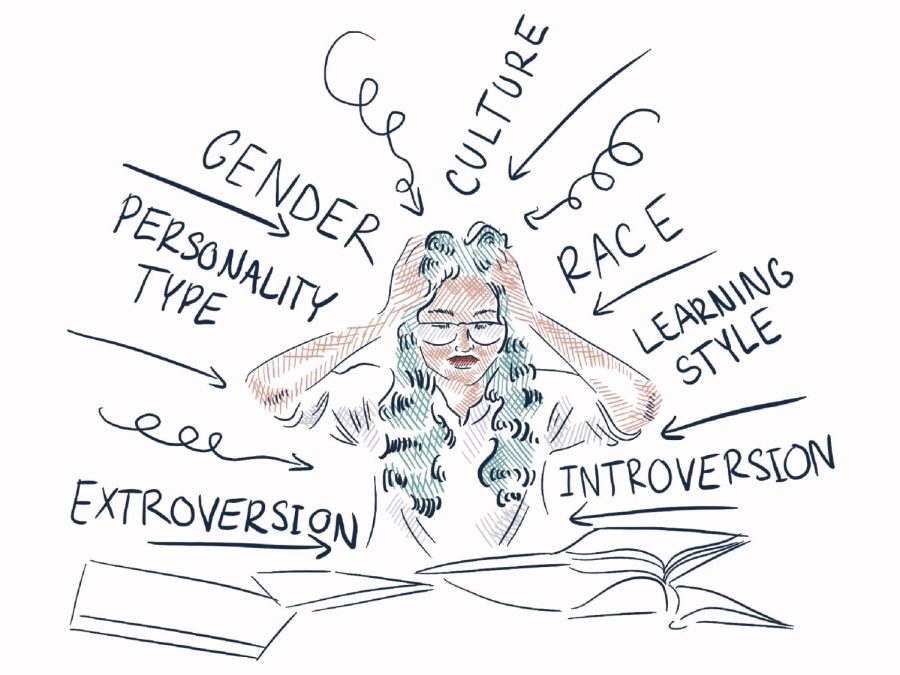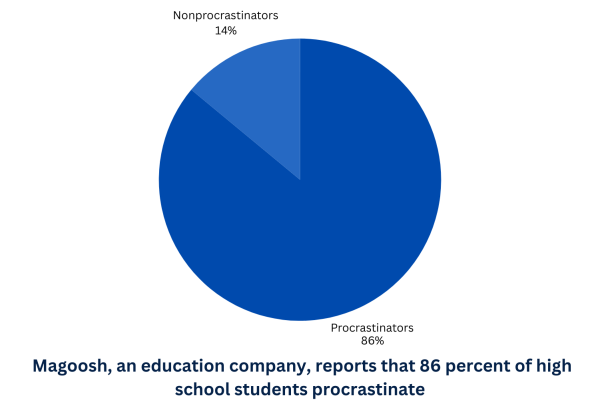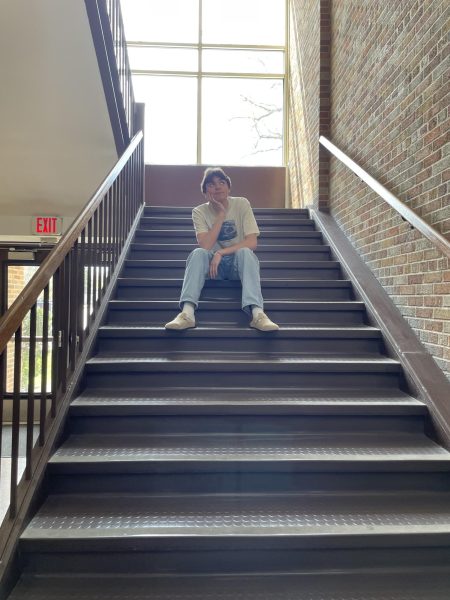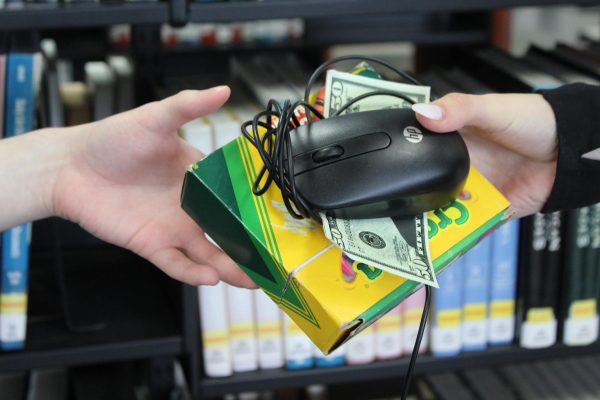It’s time to address Power Imbalances in the Classroom
We’ve all been in in-class discussions before. The anxiety of being called on by the teacher, the hesitancy to raise our hands and share in front of our peers.
However for some students, this anxiety is worsened tenfold, if not more, due to the ever-present power imbalances that cast an ominous cloud over the way classrooms operate.
A power imbalance forms when one person inherently is given more influence than another. They aren’t necessarily negative, and many power imbalances are necessary for the functionality of our society.
However, unequally distributed power turns sour when that inequality spreads to other aspects of life, and some people are given greater privileges or opportunities to get ahead.
Our classrooms are supposed to be a safe space to foster learning and growth, but reality often doesn’t line up with the ideal.
A power imbalance in the classroom forms when a teacher has an unfair degree of control over their students, or students hold influence over their peers.
By law, teachers are in a position of authority over their students. It’s a fundamental aspect that helps schools run smoothly. However, abuses of this power deserve to be addressed with just as much zeal as student power dynamics.
Teachers are relatively invincible in the classroom, at least in the minds of students. There exists no way to correct them, even if they do something wrong.
A poignant example of this is the use of slurs in the classroom, specifically in English and social studies classes. This has occurred when reading texts that contain these triggering words. Some believe they should be skipped, while others see no harm in reading them aloud.
One DOI staffer shared a story of a teacher saying the n-word uncensored in their class, making nearly everyone in the room uncomfortable. No one felt comfortable speaking up against the teacher, due to the power they hold.
However, the power imbalance that significantly flies under the radar, but can be just as harmful, is students holding influence over other students.
A major type of power imbalance comes with students’ personalities and academic preferences.
LHS is divided between College Prep and Honors/AP classes, and by extension, the students that take those classes.
Students who take AP classes can have, or can be perceived as having, an air of superiority. Compounding the problem is the fact that students in different class levels rarely interact, they can develop stereotyped views about others.
An academic hierarchy such as this one serves certain students while belittling others. In the end, we’re all taking high school level classes and challenging ourselves to the best of our abilities.
The same can be said for certain personality traits, like introversion. Classes that heavily rely on discussion and group work can be more difficult for less social students and give an unfair advantage to extroverts.
Extroverts dominate in-class discussions, and create an atmosphere that limits the voices of those who are introverts.
This form of power imbalance puts down some students for aspects of their identity they can’t control.
A similar, but more sinister example of this same concept is the racism and sexism that often pervades academic environments. It can go unnoticed or even discounted for non-minority students, but is the rampant reality for others.
Being a woman in a classroom space presents unique difficulties not present for male counterparts.
During discussions and other forms of group work, it’s tough for the voices of women to not get swept under the rug.
Almost every woman in DOI shared some story of being overpowered or belittled by a man in discussions, whether it be men repeating misogynistic rhetoric to defend gender inequality or simply speaking over or harshly discounting the words of a female student.
Power imbalances are also evident whenever students of color are perceived as less smart or hardworking than white students.
One nonwhite staffer shared an experience from elementary school of being accused of cheating off of white students because teachers believed that the student couldn’t possibly be that smart, while white students who were performing at the same level were not subjected to the same suspicion or doubt.
These power imbalances negatively affect students and can prevent students from reaching their full potential. A school’s role is to foster a positive learning environment and that requires that imbalances of power such as these are identified, admitted, and eradicated.
It is the responsibility of teachers, administrators and students alike to recognize their role in these power imbalances and work to eradicate them.
Unfortunately, many of the factors that cause these inequalities are ingrained into our society through rampant stereotyping and systemic oppression, but we all can do our part to lessen them.
One issue that arises with combatting power imbalances is the nonuniform nature of them. There is no one school policy that administrators can enact that will stop power imbalances within the classroom and school culture.
Instead, administrators should take a holistic approach and educate teachers and students to be aware of the power they exert over others.















lol • Dec 16, 2024 at 6:16 pm
………..